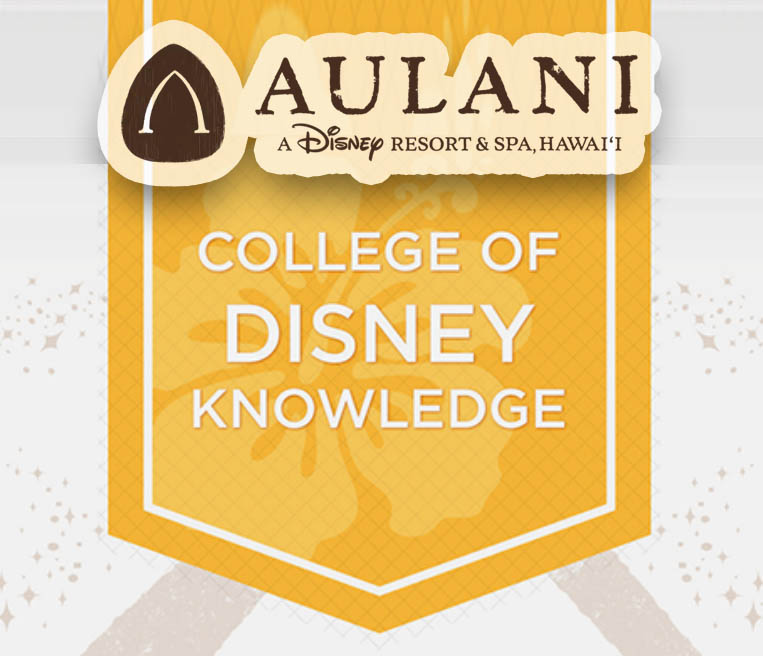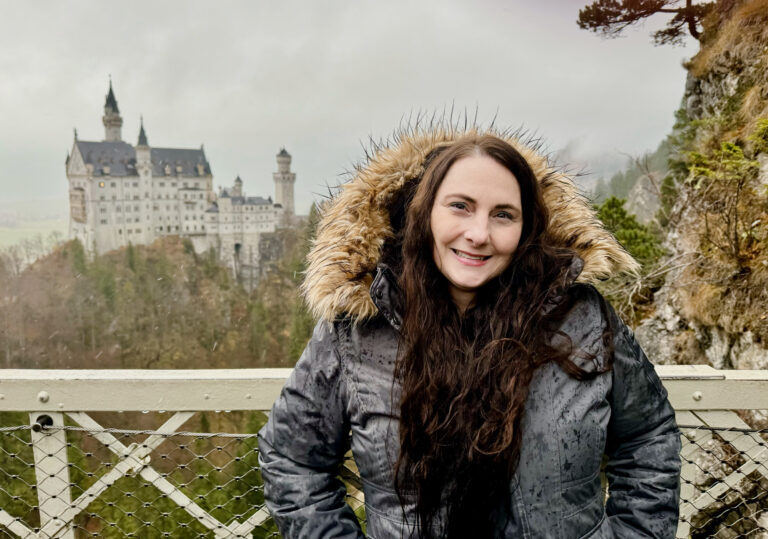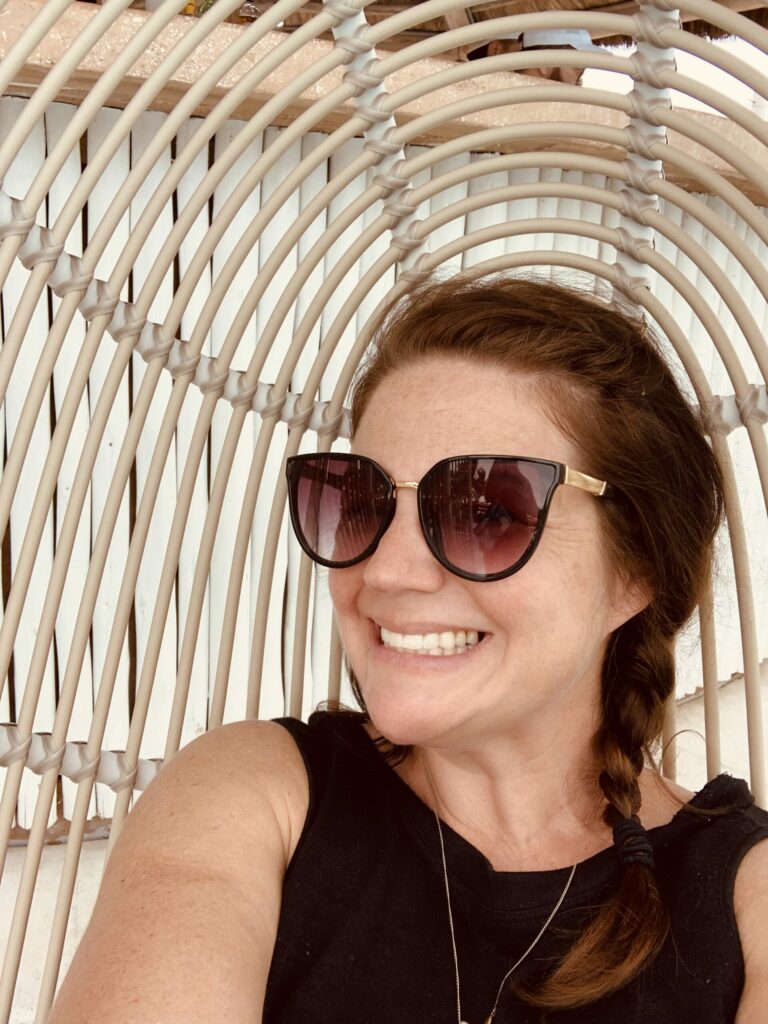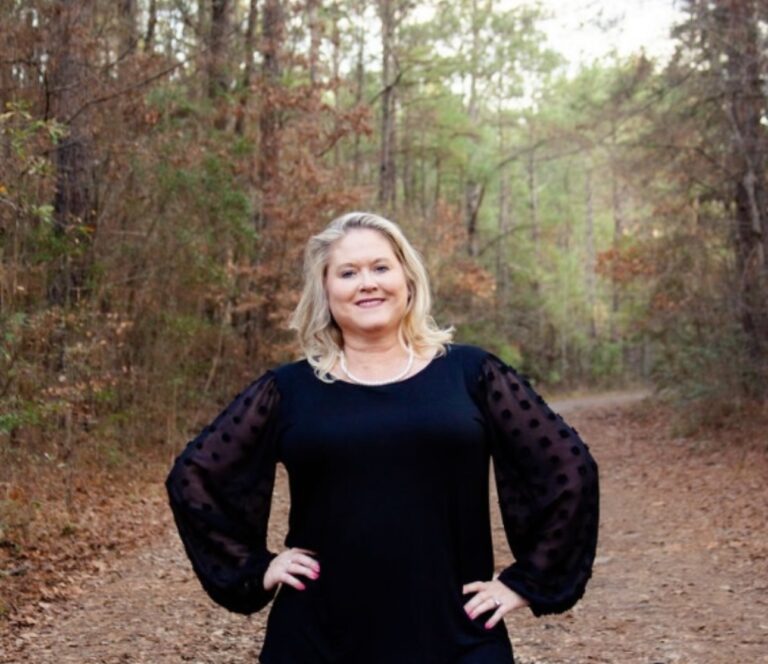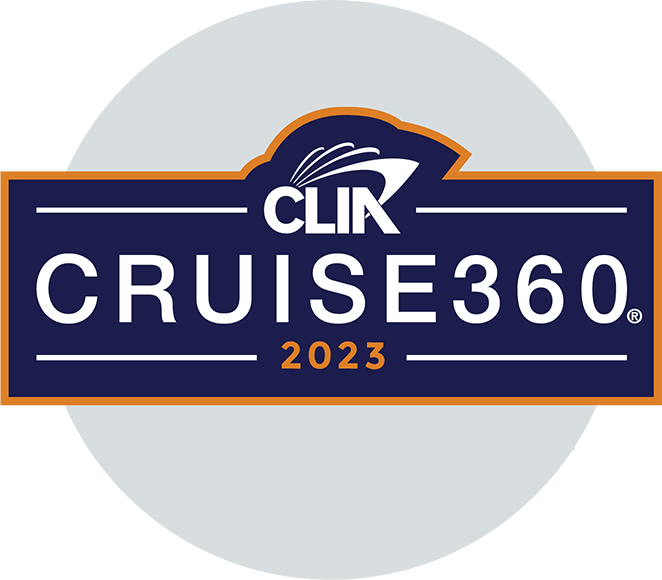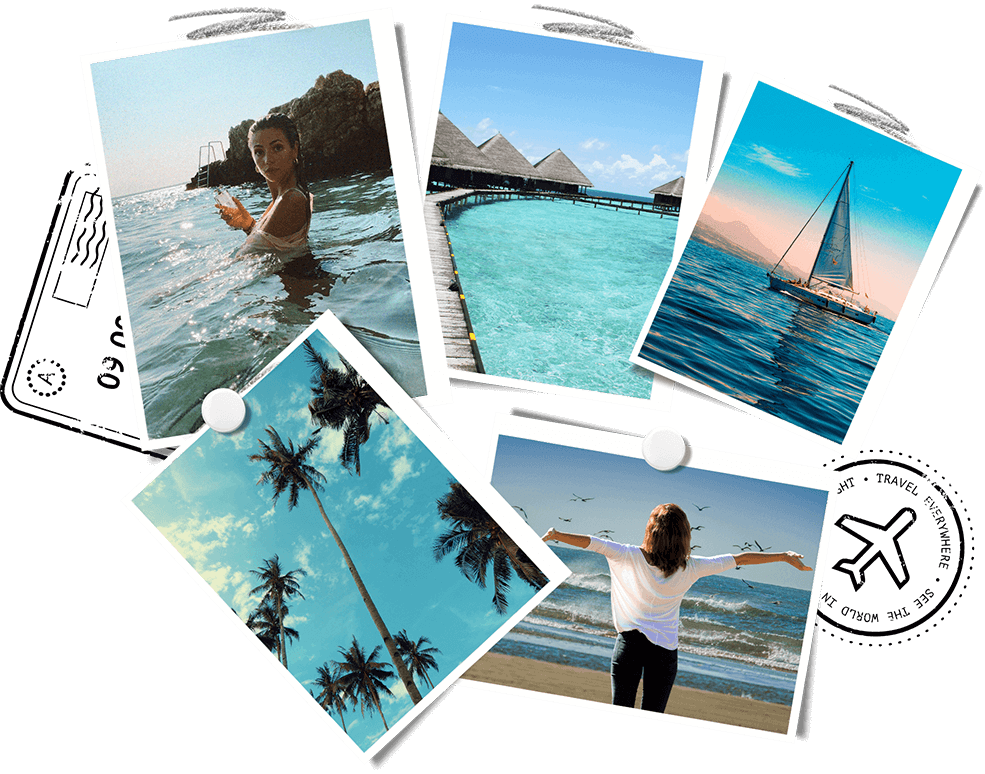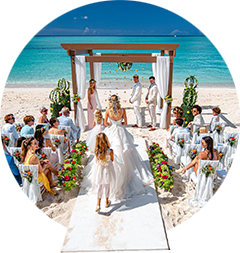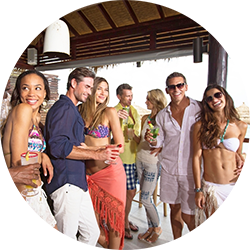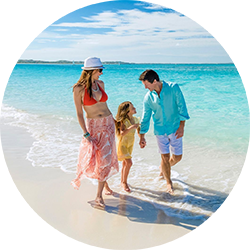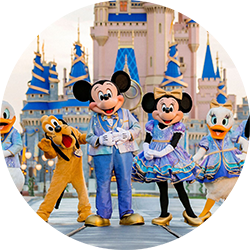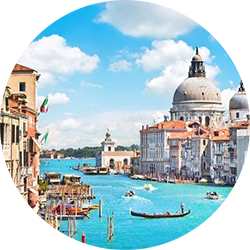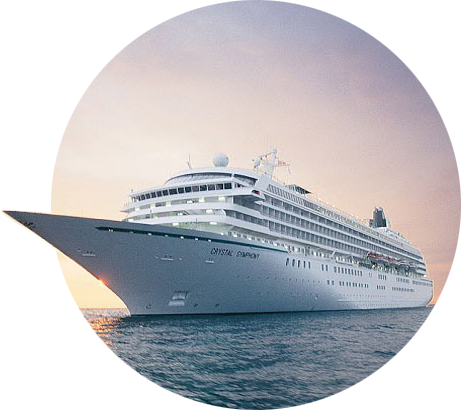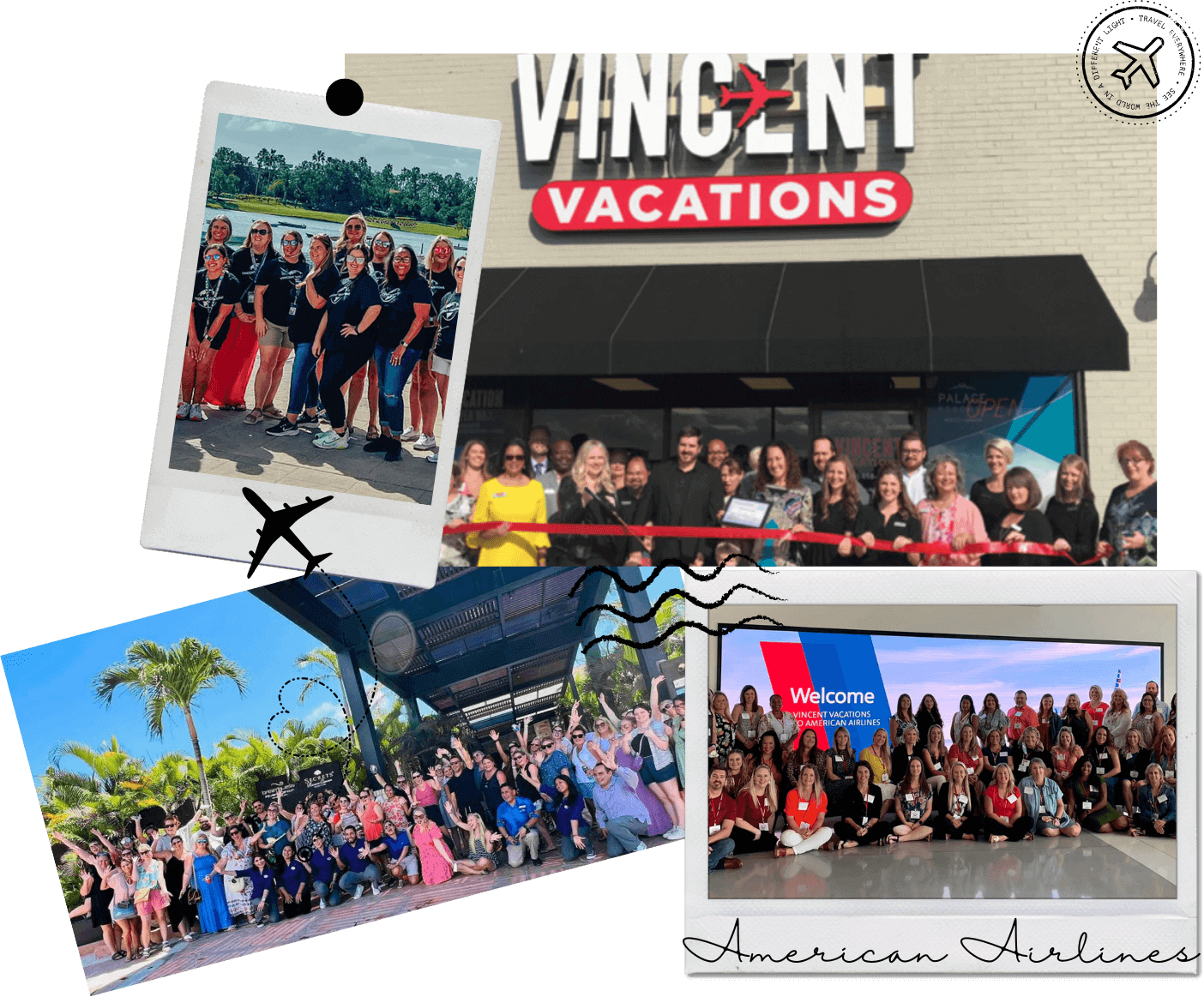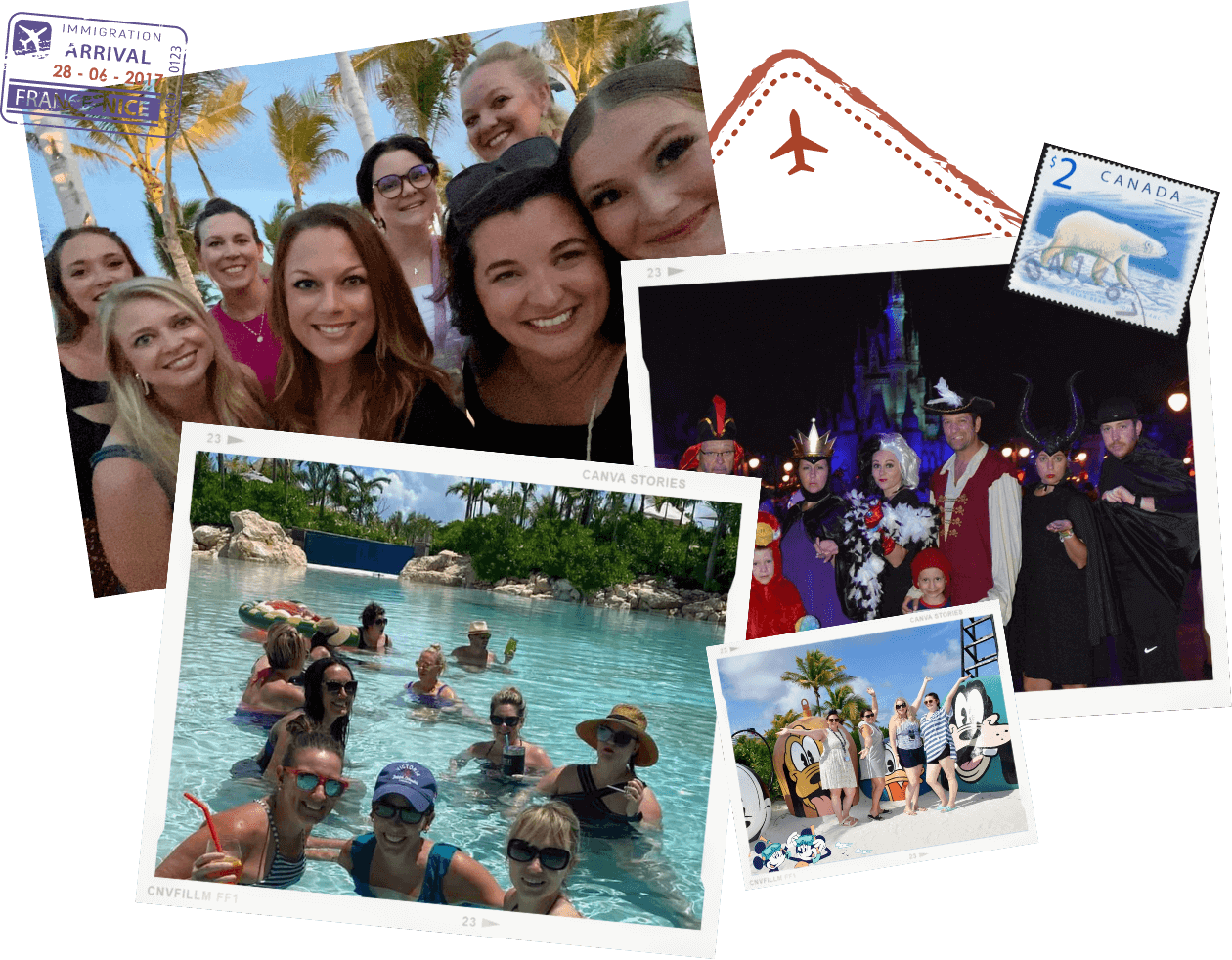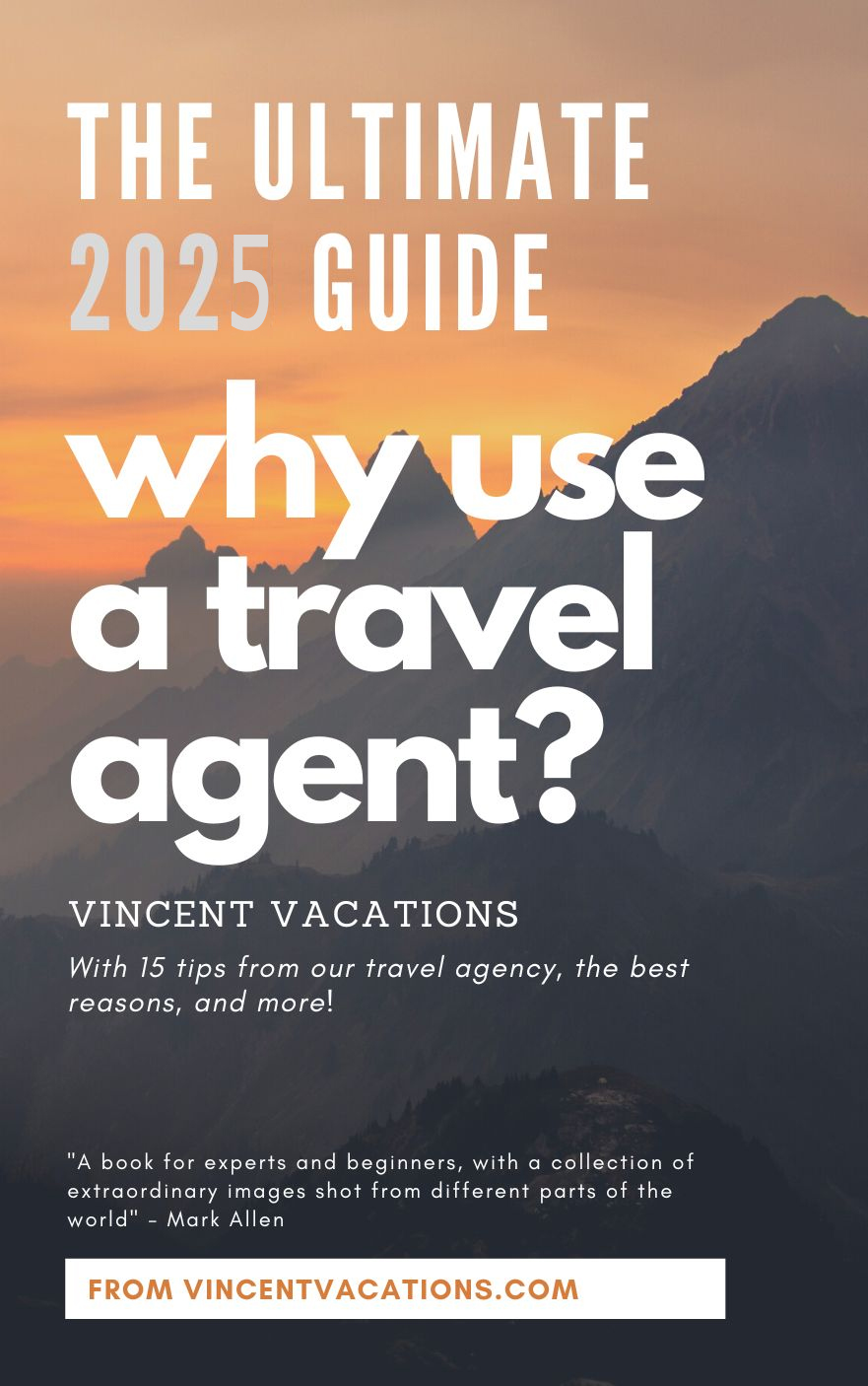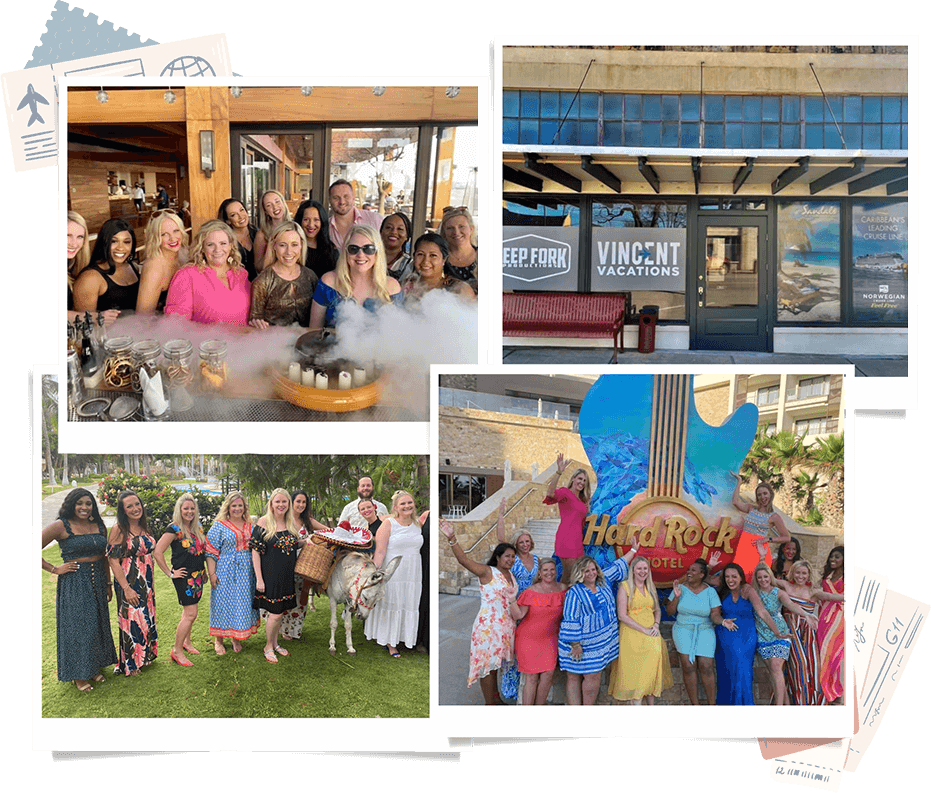We recognize that vacations are not just an investment, but often the highlights of our lives, and we take that responsibility seriously. We want to ensure you have the best vacation experience.
Interested in a job in travel? Click here to learn: How to Become a Travel Agent
Antipodes Island is one of the most isolated and least known of the New Zealand's Sub Antarctic Islands. Zodiac cruise the coastline to see the Antipodes Island parakeet and also the Red-crowned, which is a strong subspecies. Also see the Anti...
Categories: Antipodes Island
Auckland is regularly voted one of the best lifestyle cities in the world, with the cosmopolitan city centre complemented by great escapes within half an hour of downtown. Indulge in Auckland's shopping, nightlife and unrivalled cuisine and experienc...
Categories: Auckland
The Auckland Islands were uninhabited when discovered by a passing whaler in 1806 but in 1840 there were two separate efforts to establish permanent settlement. These two groups co-existed between 1849 and 1852. The Auckland Islands is also known ...
Categories: Auckland Islands
Rich in legend and history, the Bay of Islands is New Zealand's cradle of European civilization, with many points of interest relating to early European and Maori settlement. There are many "firsts" associated with the Bay of Islands, such as the fir...
Categories: Bay of Islands
Cruising
Categories: Bay of Plenty
The Bounty Islands are a small group of islands located off the coast of New Zealand. An ecotourist resort has been built off these islands near Fiji. This Bounty Island resort offers a wide range of activities and entertainment to choose from tha...
Categories: Bounty Islands
Categories: Breaksea Sound
Campbell Island is one of many remote islands declared a reserve for the preservation of flora and fauna under the continuing control of the Department of Conservation.
Categories: Campbell Island
Cape Brett is located on Piercy Island on the North Island coast in New Zealand. The Cape was discovered in 1769 by British explorer Captain James Cook and named after Admiral Percy Brett in his honor. The cape extends north into the Pacific Ocean an...
Categories: Cape Brett
Cape Reinga or Te Rerenga Wairua is the northwestern most tip of the Aupouri Peninsula in North Island, New Zealand. Te Rerenga Wairua means ‘leaping-off place of spirits’ in the Maori language. Cape Reinga is a UNESCO World Heritage Site...
Categories: Cape Reinga
From New Zealand head east into the open Pacific Ocean. After about 700 miles there will be an isolated group of ten small islands. Two of these are inhabited: Chatham Island, the largest of the group, and Pitt Island. The Islands are the home of ...
Categories: Chatham Island
Cruising
Categories: Coromandel Peninsula
One of New Zealand’s loveliest harbors is gracious, dignified Dunedin. The city boasts fine Victorian and Edwardian buildings complete with spires, gables and gargoyles. Its Scottish heritage is present in street names and the appeal of its handsome ...
Categories: Dunedin
Categories: Elephant Rock
Categories: Foveaux Strait
Gisborne is best known as being the first city in the world to greet the sun each day. Located on the sunny East Coast of the North Island, Gisborne has a lot of activities to offer visitors. There are numerous botanical gardens and arboretums to ex...
Categories: Gisborne
Positioned as a guardian for the inner waters of New Zealand's Hauraki Gulf, Great Barrier Island is 55 mi/90 km from downtown Auckland, a 30-minute flight or nearly five hours by ferry. Fullers Ferries operates a faster, passenger-only service in su...
Categories: Great Barrier Island
Hamilton has many excellent attractions, providing visitors with a wide range of beautiful, natural areas to enjoy including the some of New Zealands most visited attractions, the Hamilton City Gardens and the Hamilton Zoo. Hamilton has plenty of qu...
Categories: Hamilton New Zealand
Categories: Hawke's Bay
Matamata is home of the original Hobbiton village set from “The Lord of the Rings” movie trilogy. A guided tour of the site will showcase details on the creation of the Hobbiton set. Whether you have seen the movies or not, you will find the story an...
Categories: Hobbiton Village
Categories: Kaltaia
Categories: Kapiti Island
Kawau Island lies off the east coast of the southern end of the Northland Peninsula of North Island. It is a popular yacht haven and home to many expensive holiday homes. Visit the Mansion House with its grounds stocked with exotic flora and fauna in...
Categories: Kawau Island
Categories: Kerikeri
Categories: Lake Tarawera
Categories: Marsden Point
Martinborough New Zealand is located in the Wairarapa region in the south-east of New Zealand’s North Island. The region is renowned for it wineries.
Categories: Martinborough
Categories: Masterton
Categories: Matamata
Matauri Bay is home of the famous Lodge at Kauri Cliffs, the luxury lodge and award-winning golf course on Matauri Island. Matauri Bay, just north of the Bay of Islands, offers a picturesque location with views of the Cavalli Islands, and is popular ...
Categories: Matauri Bay
Categories: Mercury Islands
Categories: Musgrave Inlet
Categories: Mystery Explorer
The twin cities of Napier and Hastings, located within the region of Hawke's Bay on the East Coast of new Zealand's North Island, are quite unique. The area is blessed with a Californian-Mediterranean climate, boasting one of the highest sunshine ave...
Categories: Napier
New Plymouth has an unlimited range of tourist attractions and activities, located throughout the area. Whether you are looking for adrenaline-pumping adventure, or a relaxing hike, there is an activity or attraction to suit everyone's tastes an...
Categories: New Plymouth
Brought to you by Tourism New Zealand
Amazing new experiences are just one flight away.
New Zealand is a destination where everything’s close - dramatic natural scenery that will dazzle you with movie set good looks, adventures around every corne...
Categories: Asia Pacific > South Pacific
Categories: Oban New Zealand
Categories: Ohakea
Omarama is a small town fringed by dramatic mountain landscapes and waterways, known world-wide for its prime hang-gliding conditions and for the landscape of clay cliffs nearby.
Categories: Omarama
Just north of North Island, Paihia was founded by Henry Williams and his wife, Marianne in 1823. This town is known for its many "firsts of New Zealand" such as: the first church, the first game of cricket played and the first printing pres...
Categories: Paihia
Categories: Pakatoa Island
Categories: Palliser Bay
Categories: Palmerston North
Located in the North Island of New Zealand, Pauanui would have to be amongst the most beautiful spots in the world. Nestled in the East Coast of the Coromandel Peninsula, east of Thames and on the southern side of the Tairua Harbour, Pauanui is essen...
Categories: Pauanui
Raetihi also meaning "headland summit" sits between the Waimarino plain and the Whanganui National Park. Founded in 1893, Raetihi relied on the Whanganui River to access the road. 15 years later a road was built and connected the gap from R...
Categories: Raetihi
Categories: Rangiauria
Categories: Raumati
New Zealand's premier destination on the edge of beautiful Lake Rotorua offers visitors so much to see and do the trouble is deciding what to do. From a quiet stroll through the magnificent Redwood Forest to an adrenaline rafting plunge over one of t...
Categories: Rotorua
Categories: Russell
The Snares Islands are a subantarctic island group that became UNESCO World Heritage in 1998, because of the unique flora and fauna. The Snares lie south of Bluff, New Zealand's southernmost city. The Snares are considered as so called "m...
Categories: Snares Islands
Categories: Solander Islands
Categories: South Island
Located 20 miles from mainland New Zealand, Stewart Island’s attractions lie in its virtually untouched beauty and unhurried pace. To the Maori people who have lived on the island for hundreds of years, the island is known as Rakiura, meaning “heav...
Categories: Stewart Island
Categories: Tasman Bay
At the heart of the volcanic plateau in the North Island lies Lake Taupo, New Zealand's largest lake and popular destination for water sports, fishing, relaxing, soaking in hot pools and skiing during the winter months.
Categories: Taupo
Located 56 mi/90 km north of Auckland, this open sanctuary incorporates recreation, farming and conservation activities in one area. A predator-proof fence runs across the peninsula to keep rats and other rodents out and to allow kiwi and other endan...
Categories: Tawharanui Open Sanctuary
Categories: Te Awanga
This 544-acre/220-hectare island is 75 minutes by boat from downtown Auckland. In the Hauraki Gulf, it is one of New Zealand's greatest conservation success stories. The island was farmed for generations, overrun with rats and other introduced pests,...
Categories: Tiritiri Matangi Island
Categories: Tokelau
Tongariro National Park has grown to a size of nearly 197,688 acres. The area is of religious and cultural importance to the Maoris who believed the region’s mountains had god-like ancestors, and the core of the park centers around three active volc...
Categories: Tongariro National Park
Categories: Turangi
Centrally located approximately 90 minutes from Auckland, Tauranga and Rotorua, the region of Waikato can be a base for any holiday in New Zealand’s Central North Island. The Waikato is a region of lush, green hills, bush and farmland, with excepti...
Categories: Waikato
Make the right connection with Wairakei. Set amidst beautiful parklands in the thermal heartland of New Zealand, Wairakei is recognized as one of New Zealand’s premier resort locations. Discover a private oasis in a picturesque setting. Escape from a...
Categories: Wairakei
Wairarapa which also means "Glistening Waters" is located on the corner of the North Island of Wellington, New Zealand. It's a city of contemporary country life bordered by the rugged Tararua Mountains and the Pacific Ocean. Break free ...
Categories: Wairarapa
Waitomo, in the central North Island, is an area renowned for limestone caves, glowworms, adventure and fun, and is a place not to be missed. The name Waitomo comes from the Maori wai, water and tomo, hole or shaft. Activities centre around a small v...
Categories: Waitomo
Categories: Wanganui
Located at southwestern North Island, New Zealand’s capital city derives its character and charm from the wooded hills that curve like a green amphitheater around Wellington’s harbor. Commercial and government buildings rim the waterfront; nostalgic ...
Categories: Wellington
Categories: Whakapapa
Whanganui National Park was shaped by the Whanganui River that winds down from the mountains to the Tasman Sea shaping its hills, forests, valleys and terraces. 600 years ago the Maori natives originating from Polynesia used the 290-km Whanganui Rive...
Categories: Whanganui National Park
Whangarei, 105 mi/170 km north of Auckland on New Zealand's North Island, is a good base for exploring the island's northern region. Whangarei Heads offers secluded bays, and within a 45-minute drive are beautiful sandy beaches such as Whale Bay, Mat...
Categories: Whangarei









